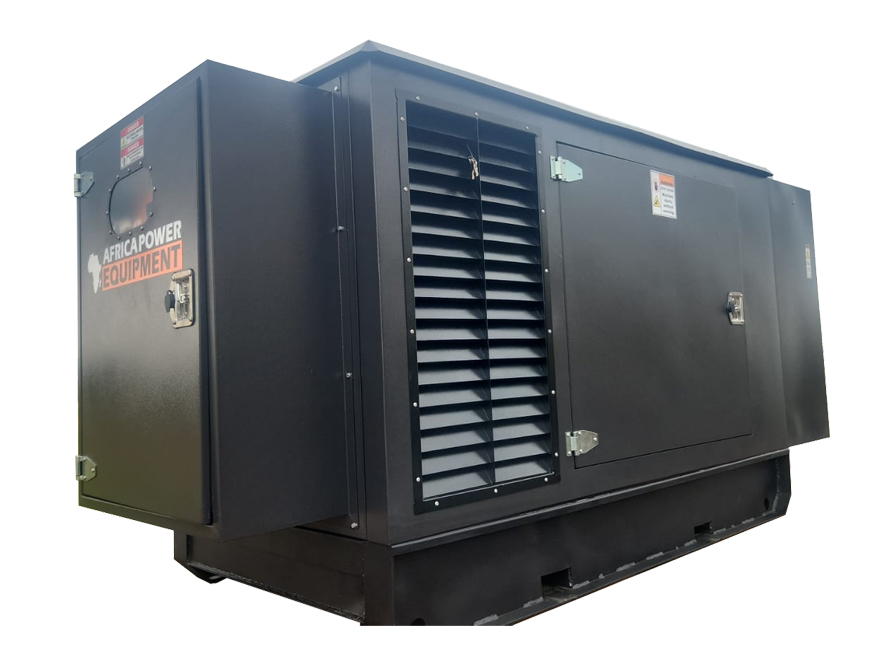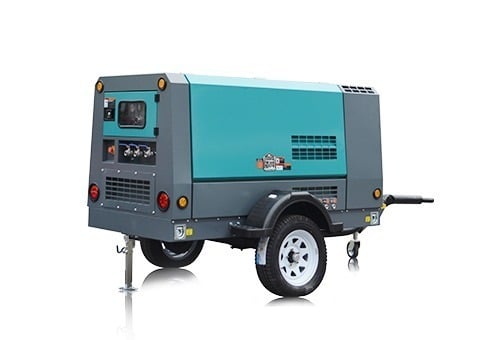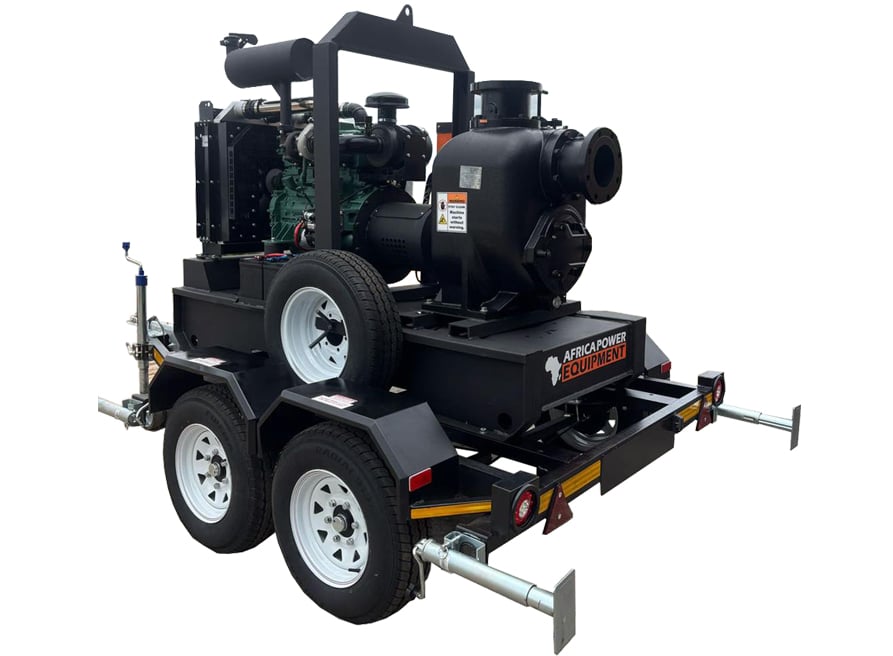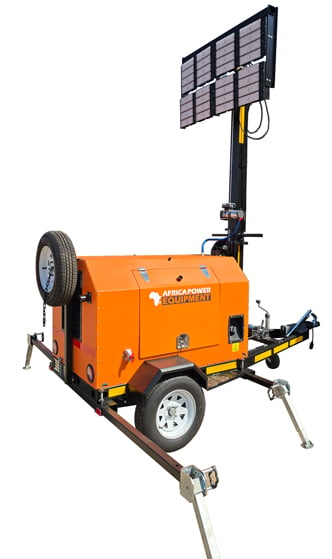Is a Small Air Compressor Enough for Spray Painting?
Spray painting offers a smooth, professional finish for everything from car parts to furniture. But if you’re using a small air compressor, you might wonder: Can it handle the job? The answer depends on several key factors including CFM, PSI, and tank size.
This article explores whether small compressors are suitable for spray painting, what to watch out for, and how to get the best results.
🎨 Why Air Compressor Size Matters for Spray Painting
Spray guns require continuous air pressure and flow. A compressor that can’t keep up will cause:
-
Inconsistent spray patterns
-
Overspray or spitting
-
Uneven paint finish
Even small inconsistencies can ruin the final look, especially on cars or cabinets.
⚙️ Key Terms to Understand
🔹 CFM (Cubic Feet per Minute):
How much air the compressor can supply per minute. Spray guns typically need 4–12 CFM, depending on type.
🔹 PSI (Pounds per Square Inch):
The air pressure. Most spray guns operate at 20–50 PSI.
🔹 Tank Size:
Affects how long the compressor can spray before needing to refill air. Bigger tanks = longer uninterrupted spraying.
✅ What Counts as a “Small” Compressor?
A small air compressor typically has:
-
1 to 6-gallon tank
-
0.5–3 HP motor
-
1–5 CFM output
While this setup is compact and affordable, it’s often underpowered for large-scale or continuous spray jobs.
🧪 Can You Use a Small Compressor for Spray Painting?
👍 YES—For Light-Duty Work
-
Touch-ups
-
Furniture refinishing
-
Small DIY projects
With low-volume, low-pressure (LVLP) spray guns, small compressors can work well. LVLP guns use less CFM and are efficient at lower PSI.
👎 NO—For Large Projects
-
Full car resprays
-
Industrial work
-
Long paint sessions
Standard HVLP or conventional spray guns will quickly drain a small tank and overwork the motor.
🛠️ How to Make a Small Compressor Work for Spray Painting
If a small compressor is all you’ve got, follow these tips:
🌀 1. Use an LVLP Spray Gun
These guns operate at 1.5–3.5 CFM and 10–30 PSI, perfect for smaller compressors.
🧯 2. Add an Air Regulator and Moisture Trap
Maintains consistent pressure and keeps water vapor out of your paint.
⏱ 3. Spray in Short Bursts
Avoid long, continuous spraying. Let the compressor catch up between passes.
🧼 4. Use Thinner Paints
Thinner materials are easier to atomize and put less strain on the air system.
🧰 5. Upgrade the Hose
Use a 3/8″ or larger hose to reduce air resistance and pressure drop.
⚠️ Potential Issues and Limitations
-
Motor overheating due to constant refilling
-
Pressure drops during long sprays
-
Moisture buildup in the tank causing paint defects
-
Inconsistent atomization, leading to orange peel or blotchy finishes
📋 Recommended Minimum Specs
If you’re set on using a small compressor, aim for:
-
At least 2.5 CFM at 90 PSI
-
5+ gallon tank
-
LVLP-compatible gun
Or consider renting a larger unit for critical jobs.
🔗 Related Internal Links
🛒 Final Thoughts
Yes, you can use a small air compressor for spray painting—but only under the right conditions. Choose the right spray gun, take your time, and be mindful of your equipment’s limitations. For professional results on larger projects, it’s best to invest in or rent a more powerful unit.
Looking for LVLP spray guns, compressor accessories, or upgrades? Visit PowerEquipment.co.za for the best gear to make your next spray job a success.





